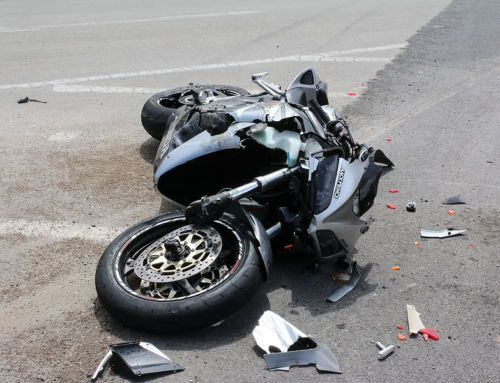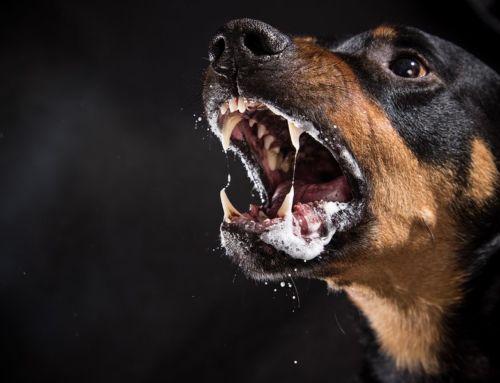Scalding burns are caused by hot liquids and/or steam. These hot water and steam can easily cause first or second-degree burns; but third-degree injuries can be possible in severe cases. Scald burns can often lead to hospital visits when they hit a large portion of the body, or when the temperature is extreme.
What Constitutes as a Scalding Burn?
Depending on exposure to the scalding water or other liquids, a burn can occur at temperatures of at least 109 degrees Fahrenheit. Exposure and temperature are the main factors when determining how severe a burn is. Human skin exposed to water at temperatures of 150 degrees Fahrenheit for 2 seconds or more can cause third-degree burns. At lower temperatures, exposure time will need to be higher for skin damage to occur.
Common Places for Scalds
Kitchens, washrooms, and factories are the most common workplace areas for scalds, where high temperature liquids are commonplace. In apartments and housing, higher temperatures of the water heaters or kitchen accidents can cause burns. Landlords and homeowners may change the temperature on a water heater to make the water cooler or hotter. The optimal temperature range for a water heater is 120 to 125 Fahrenheit. If the temperature is raised above this range, the risk for burns can increase exponentially.
Scalds in the Workplace
Wherever there is a hot liquid at work, there is potential for a scald injury among workers. A waiter carrying soup, a roiling deep fryer, or a factory vat with hot water are all examples of potential scalding hazards in the workplace. If you receive a scalding burn in the workplace, seek first aid and medical attention. You should have a physician look at the wound if it more than a first degree burn, or if the injury covers a significant amount of skin.
Scalds and Children
Children, along with the elderly, are the most common victims of scald burns at home. When preparing a child’s bath, be sure to mix in cool water, and let the bath water cool to between 100 and 102 degrees. A hot bath can cause severe full body burns to a child, especially if they spend too much time in the water.
Children may experience scald injuries from the kitchen. Be sure to teach children not to play in the kitchen, especially around the stove or hot pots.
Treating Scalds
Minor scalding injuries (first degree/superficial) can be treated with cold water or ice applied immediately after the burn. Do not apply ice directly to the wound. Any burns that are deeper (second or third degree), and/or covering more than 10% of the body should be looked at and treated by a physician. When in doubt, see a physician.
For over 25 years, we have been assisting people in the New York/New Jersey area with injury cases of all shapes and sizes; from Auto Accidents to Dog Bites. D’Agostino & Associates, P.C., and its affiliates do not provide legal advice by articles. This material has been prepared for informational purposes only, and is not intended to provide, and should not be relied on for legal advice. Call 1-888-245-2924 or contact us online to schedule a free initial consultation with one of our attorneys. Bite Back with D’Agostino & Associates, P.C.





